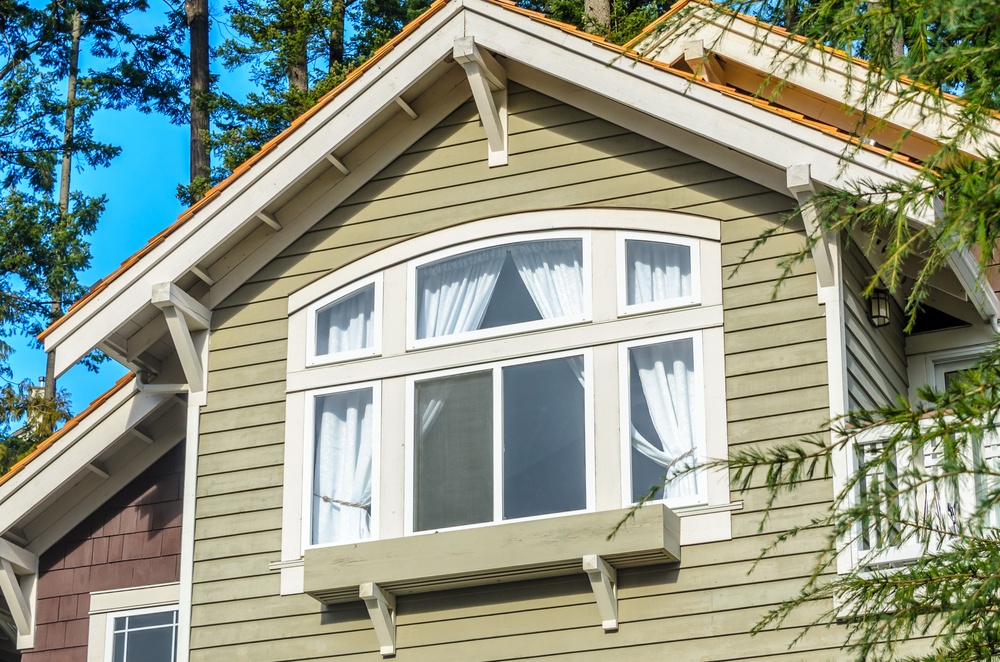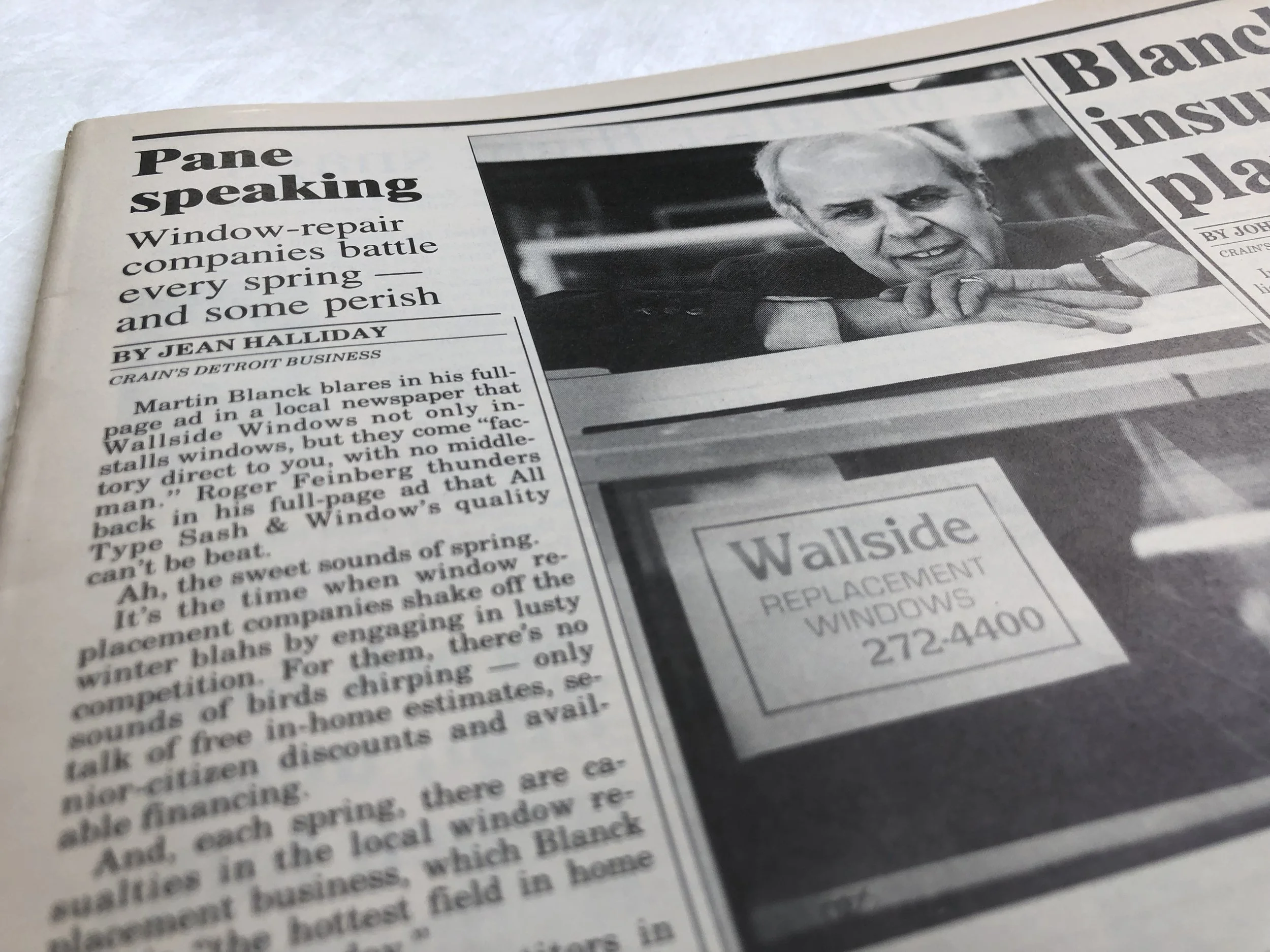Wallside Windows celebrates 75 years in the home improvement business. Find out how the Michigan company brought vinyl windows to homeowners.
When it Comes to Windows, Black is Back!
Record Store Day is coming! And at Wallside Windows we love vinyl
Know Your Styles of Windows
 Well-maintained, high quality windows can easily last for decades, but sooner or later, the time will come for you to think about replacing them. Regardless if it’s been a long time since you last got new windows for your home or if this is a first time project for you, it can be easy to feel a little overwhelmed by all the styles of vinyl replacement windows out there. Don’t worry! Here’s what you need to know about some of the most common styles of windows.
Well-maintained, high quality windows can easily last for decades, but sooner or later, the time will come for you to think about replacing them. Regardless if it’s been a long time since you last got new windows for your home or if this is a first time project for you, it can be easy to feel a little overwhelmed by all the styles of vinyl replacement windows out there. Don’t worry! Here’s what you need to know about some of the most common styles of windows.
Double-Hung Windows
Double-hung windows are one of the most popular styles of window on the market right now. Unlike single-hung windows where only one half of the window can be opened, both sashes of double-hung windows are operable, giving you a lot of control over the ventilation in your home. Many double-hung windows are designed to tilt inward, making it very easy to clean both sides of the glass.
Picture/Fixed Windows
Picture windows are perfect for any room of the house where you want to let natural light in and enjoy the view. Unlike other types of windows, picture windows do not open, which is why you might also hear them referred to as “fixed windows.” Since picture windows don’t open, they’re very low maintenance since you don’t have to worry about moving parts breaking. The fact that they don’t open also means they’re the most energy efficient style of window.
Picture windows look great by themselves, but many homeowners like to use picture smaller picture windows to enhance other windows, such as by placing a half-circle shaped picture window over a rectangular window which opens.
Bay and Bow Windows
Bay and bow windows are very similar, but not exactly the same. Both styles of windows extend outward, allowing more light to enter the room and help make a room feel larger and more open. Bay windows typically consist of three main panes of glass and the panes on either side of the center window placed at a defined angle. Bow windows, on the other hand, have more window panes, but form a more softly-curved shape than bay windows.
Bay and bow windows both can create space for a window seat, but since bay windows consist of fewer window panes, they offer a more unobstructed view. Regardless of which style you prefer, both styles suit many different types of architectural styles and help improve your home’s curb appeal.
Casement Windows
If you like to get lots of fresh air in your home, you might be a big fan of casement windows. While many other styles of windows open either vertically or horizontally, casement windows have hinges on the side and open outward like a door, allowing you to let lots of air in. Because of the unique way they open, casement windows are a very energy efficient option since the window sash is pressed flat against the window frame when closed, forming a nice, tight seal. Casement windows are also a very secure style of window because their locks are placed in a way that makes it very difficult for burglars to break into them.
Garden Windows
Do you like to keep plants around your house? If so, a garden window would make a perfect addition to your home. Garden windows are similar to bay windows, but they tend to be smaller in size, have side panes that meet the center pane at a 90 degree angle, and have a top pane which angles downward toward the center pane. The side panes can be opened outward like casement windows to let in fresh air. Since garden windows extend outward, they create a nice shelf on the inside of a room to place plants. Garden windows can be installed anywhere in the home, but are most commonly placed in kitchens above sinks.
Hopper and Awning Windows
Like casement windows, hopper and awning windows are both types of windows that open by moving outward. But while casement windows have hinges on the vertical sides of the windows, hopper and awning windows have hinges on the horizontal sides. Hopper windows have hinges on the bottom of the window while awning windows are hinged at the top.








